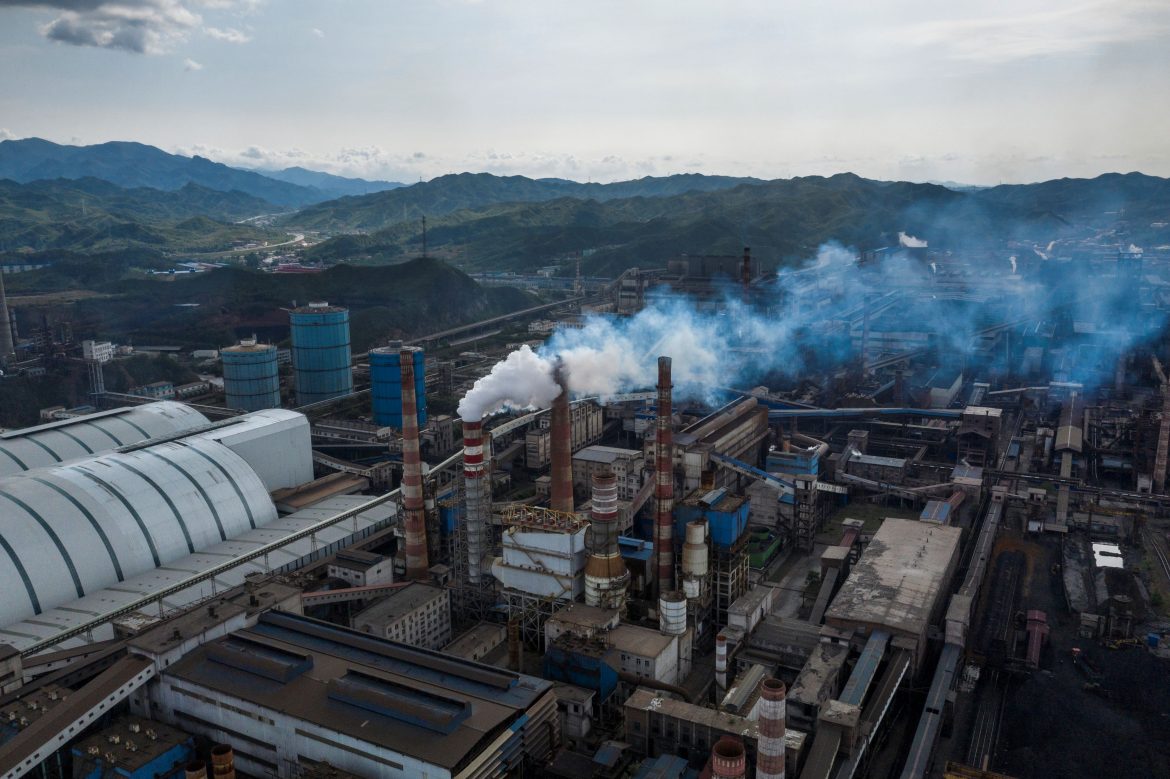A Global Energy Monitor (GEM) report has shown that much as US$554 billion of assets is at risk of becoming stranded as around 368 million tonnes per annum (Mtpa) of coal-based steelmaking capacity is under development in countries with net-zero carbon commitments, a 7 per cent increase from 2021 to 2022 even as overcapacity persists.
Stranded assets are said to be those that lose value or turn into liabilities before the end of their expected economic life and experts are urging a switch to energy efficient processes to minimise value destruction.
“Coal-based steel production is on the decline, but not quickly enough,” the report said while highlighting “significant action” needs to be taken to retire coal-based blast furnace-basic oxygen furnace (BF-BOF) steelmaking capacity, while also halting capacity expansions under development, and switching to cleaner electric arc furnace (EAF) steel production.
The EAF route emits just 10 to 20 per cent of the carbon dioxide produced in the BF-BOF steelmaking process.
Recall that In 2021, 68 per cent of the operating steelmaking capacity worldwide used conventional BF-BOF process, but contributed to 86 per cent of industry emissions. On the other hand, EAF which accounted for 31 per cent of the industry capacity emitted only 14 per cent of the greenhouse gas, according to GEM.
Read also: NASA to discuss climate work in wake of record high temperature
In order for the global energy-related carbon dioxide emissions to reach net zero by 2050, which would cap the global temperature rise to 1.5 degrees Celsius, over half of the global steel production needs to be manufactured using the EAF route, according to the International Energy Agency (IEA).
But despite the rise in EAF proportion in the planned capacity expansion it would only comprise 32 per cent of the aggregate capacity by 2050, GEM found.
“Importantly, the actions of some countries, particularly China and India, have a more pronounced impact on climate goals due to the current and projected size of their domestic iron and steel industry,” GEM analysts said in the report.
Asia is known to be home to almost all of the coal-based capacity under development globally, with nearly 80 per cent coming from India and China, the report found. While China accounts for around half of the existing global coal-based capacity and 60 per cent of carbon emissions from the steel sector in 2022, India has seen an alarming rise in BF-BOF steelmaking projects in recent years.
According to the latest report, India has surpassed China for the first time to become the world’s largest developer of new coal-based capacity, with 153 mpta of BF-BOF steel capacity under development now as compared with China’s 146 mpta capacity under development.
Story was adapted from South China Morning Post.
